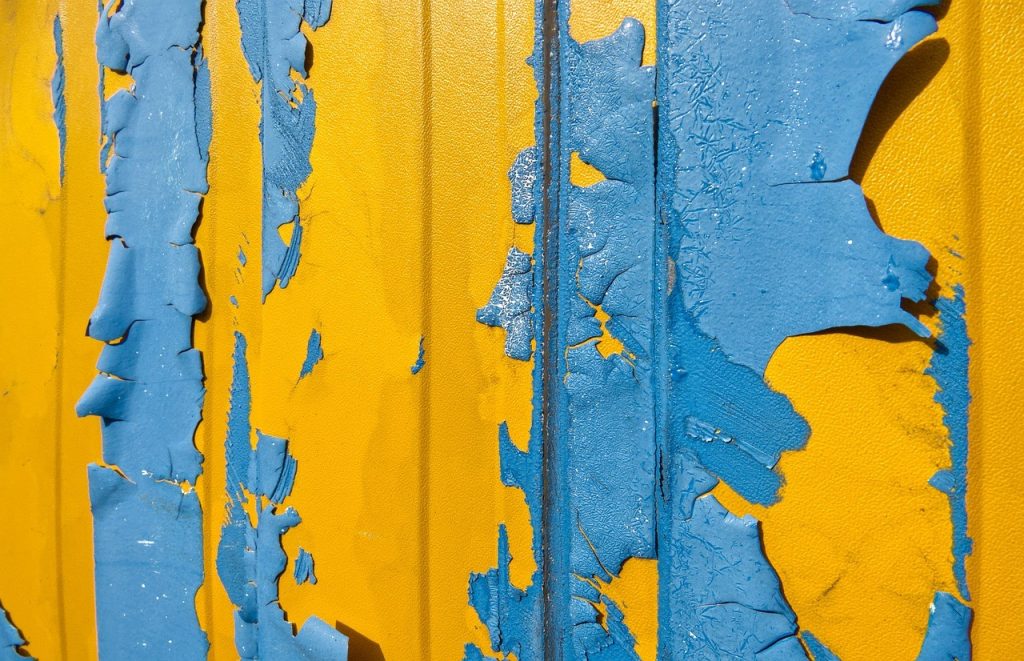Signs of a Bad Interior Paint Job
A fresh coat of paint can do wonders for the interior of your home, brightening up a space and adding personality and style. However, not all paint jobs are created equal.

A poorly done interior paint job can be an eyesore, make a room feel dingy, and even lower the value of your home.
Today, we will discuss the signs of a bad interior paint job so that you can avoid these common pitfalls and ensure that your next paint project is a success.
For more information, visit https://www.edmontondrywallcontractor.ca/painting-services.
Color And Finish Type Don’t Fit the Room
Choosing the right color and finish type is essential for creating a cohesive and aesthetically pleasing look in your home. A color that is too bold or bright for a small space can make the room feel overwhelming, while a color that is too muted or dull for a large room can make the area feel uninviting.
Similarly, choosing the wrong finish type, such as a glossy finish in a room with a lot of natural light, can create an unflattering glare and highlight imperfections on the walls.
Improper Technique Reveals Flaws Under New Paint
Another common sign of a bad interior paint job is when improper techniques reveal flaws under the new paint. This can happen when the painter fails to properly prepare the surface before painting, such as not sanding down rough spots or filling in holes and cracks in the walls.
These imperfections will often become more noticeable once the new paint is applied, creating a bumpy and uneven texture.
New Paint Ages Poorly
Another sign of a bad interior paint job is when the new paint ages poorly, despite being a recent application. This can occur when low-quality paint is used or when the painter fails to prepare the surface or apply the paint evenly properly.
Over time, the paint may crack, peel, or fade, leaving unsightly patches and requiring frequent touch-ups. This is not only frustrating but can also be expensive, as it requires more frequent repainting and can ultimately lower the value of your home.
Blistered, Mottled, and Streaky Paint
These issues can occur when the painter fails to properly prepare the surface or use the correct application techniques, such as using the wrong roller or brush, applying the paint too thickly, or not allowing sufficient drying time between coats.
Blistering occurs when air or moisture becomes trapped between the paint and the surface, causing bubbles to form in the paint.
Streaking occurs when the paint is applied unevenly. Mottling occurs when the paint appears to have uneven color or texture.
Chalky Paint
Chalky paint occurs when the paint appears to have a powdery or chalk-like texture, often caused by low-quality paint or poor application techniques. Chalkiness can also be caused by exposure to sunlight or excessive moisture, which breaks down the paint and causes it to deteriorate over time.
A professional painter will use high-quality paint and take the necessary steps to ensure that the paint is applied evenly and allowed to dry correctly.
Difference Between Drywall and Plaster
If you are planning a renovation or construction project, you may wonder whether to use drywall or plaster. While both materials have been used for decades in construction, some critical differences can affect your decision.

Today, we’ll talk about the differences between drywall and plaster. Whether you’re a contractor or DIY enthusiast, understanding these differences can help you decide which material is best for your project.
Perhaps you’re planning to remove your popcorn ceiling asbestos, and you’re torn between what material to replace it. If so, this article is for you.
Material Composition
Plaster and drywall have vastly different material compositions.
Plaster is a mixture of gypsum, water, and sand used in construction for centuries. It is applied in several layers, each of which must dry before the next can be applied. Once dry, plaster hardens into a smooth, durable surface that can be painted or decorated as desired.
On the other hand, drywall, also known as gypsum board, is made of gypsum sandwiched between two sheets of heavy paper. It is produced in large sheets and can be cut to fit the dimensions of a room. Unlike plaster, drywall is much faster, easier to install, and requires less time to dry. However, it is less durable than plaster and can be more easily damaged.
Installation Time
Regarding installation time, drywall is the clear winner over plaster. Installing drywall is much quicker than plastering, as it involves cutting the drywall sheets to size and then screwing them to the wall or ceiling.
After that, seams and screw holes are covered with joint compound, sanded, and painted. The drywall installation can be done in a matter of days, depending on the project size.
In contrast, plaster installation is a more time-consuming process that can take weeks to complete. Each layer of plaster must dry completely before the next layer can be applied, which can require multiple applications. In addition, plastering requires more skilled labor, making the process more expensive.
Quality
When it comes to quality, plaster is generally considered to be superior to drywall. Plaster provides a more solid and durable surface that can last decades without cracking or showing signs of wear.
The multiple layers of plaster also provide better soundproofing and insulation than drywall. Plaster walls have a unique, elegant look that is difficult to replicate with drywall and can be finished with various textures and finishes.
In contrast, drywall is a thinner and less sturdy material that is more prone to damage, especially from moisture or impacts. Drywall can be prone to cracking, and it does not provide the same level of soundproofing or insulation as plaster.
However, drywall is a more affordable and practical option for many projects, especially those with a limited budget or timeline.
Conclusion
In conclusion, the difference between drywall and plaster comes from various factors, including material composition, installation time, and quality.
By understanding the critical differences between drywall and plaster, you can make an informed decision that will help you achieve the desired result for your renovation or construction project.


